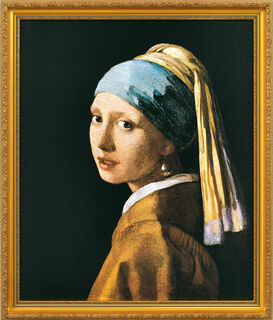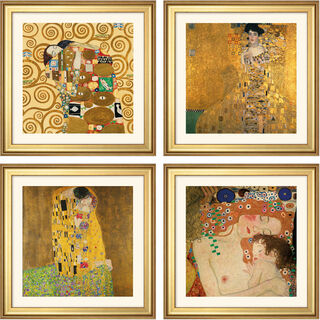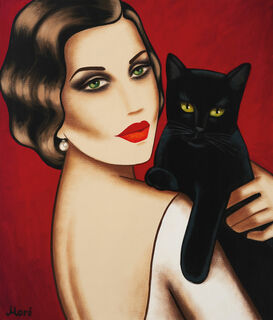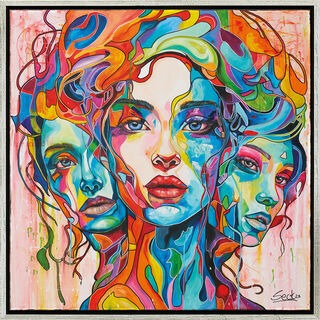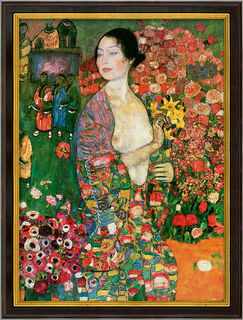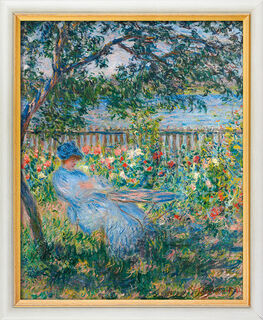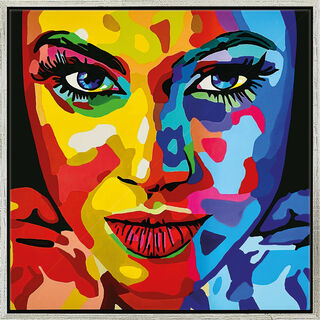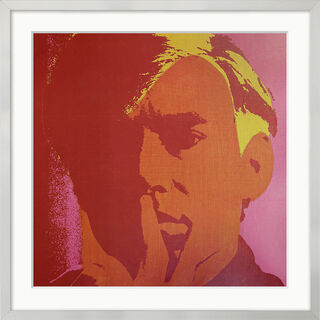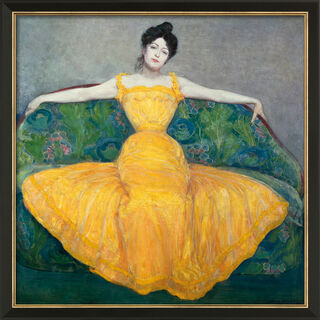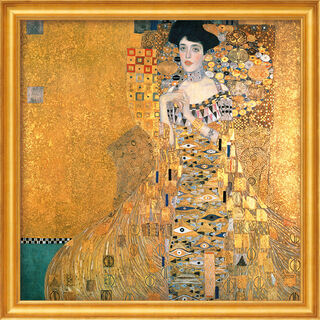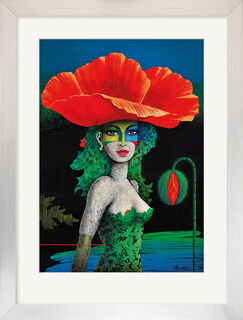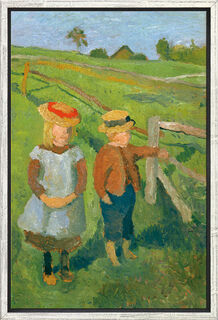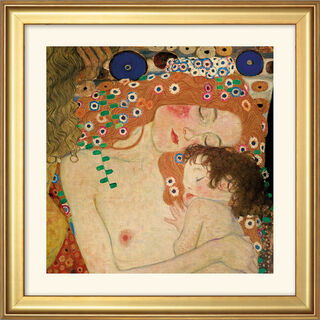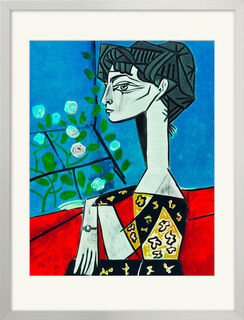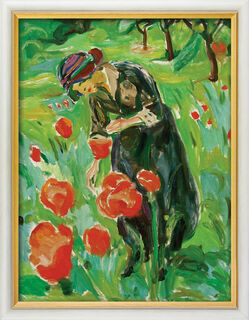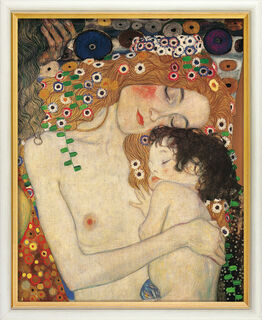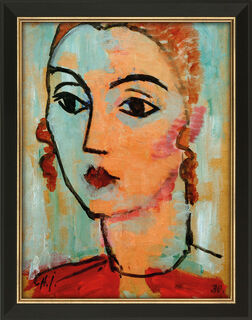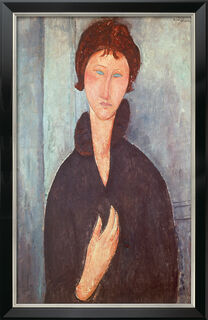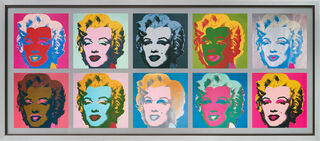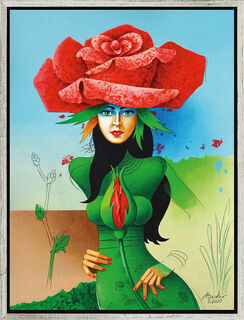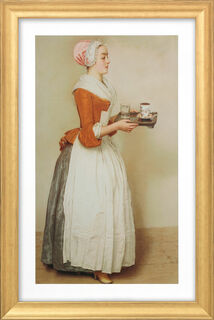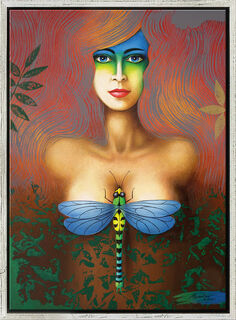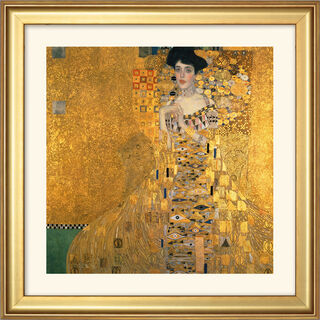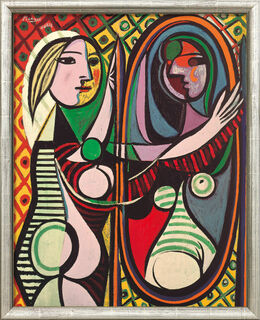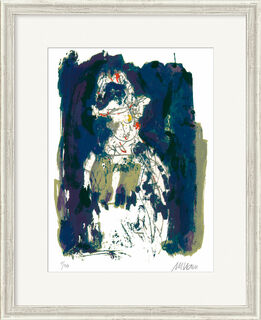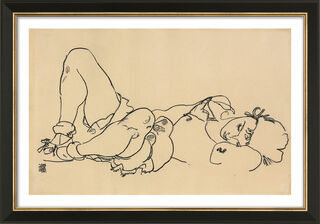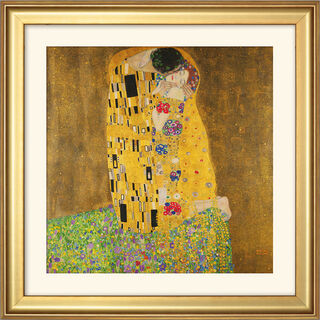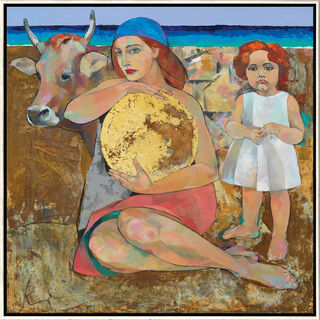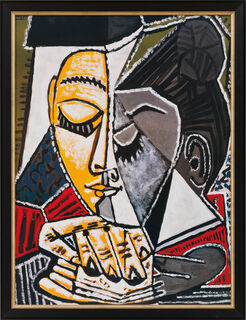Portraits
Portrait Painting: The Person as the Focal Point
In a portrait painting, a person is usually the focal point. Other pictorial objects or landscapes serve merely as background or staffage and should not distract from the person. For a long time, only a small circle of people had the privilege of being depicted in portraits. Thus, the majority of portrait paintings, until the beginning of the 19th century, were mainly commissioned by the nobility, rulers, the clergy, or individuals who were considered worthy due to their social status or special achievements. This was connected to the function of portraits. They served to honour individuals or to remember them in their absence or after their death. In addition, portraits were used to honour various achievements, for example, those in war or sports. Portrait pictures still often serve many representative purposes today. For example, the portrait of state leaders adorns many buildings, banknotes, and coins. From the 19th century onwards, portrait art opened up to all other social classes. Furthermore, a portrait no longer necessarily had to depict a real person but could include fictional motifs. Self-portraits of artists were an independent genre that developed because painters always had the freedom and the opportunity to depict themselves. Famous self-portraits were painted by Albrecht Dürer, Vincent van Gogh and Max Beckmann, among others.
Detail and Angle: Two Categories of Portrait Pictures
How people are depicted in portraits is always closely related to the technical possibilities and the respective current art trends of an epoch. In Ancient Egypt, for example, portraits still followed standardised ideal types; during the Renaissance, at the latest, an increasingly naturalistic representation emerged, and from the 20th century onwards, expression and abstraction began to influence portraiture. In general, portrait paintings can be distinguished into two categories: the detail of the picture and the position of the head or the angle of the model. The different categories of the picture detail describe the extent to which the model is depicted in the portrait. A "full-length", for example, shows the person completely from head to toe. A "half-length" portrait depicts the person from the upper part of the body to the waist. A "bust" shows the head and the base of the shoulders, while a "headshot" exclusively portrays the face. The second category used for portrait paintings refers to the posture of the head and the angle of view of the model. Here, a distinction is essentially made between the "full face", the "profile view" and the "quarter-face". Portraits can also depict people from behind, with their faces not visible. At ars mundi, you can discover the paintings of various famous artists and buy portrait paintings.
Portrait Paintings – Not Always a True-To-Life Depiction of People
Apart from these two basic genres, portraits further differ in their fidelity to the model. It is often assumed that a portrait painting is supposed to depict exactly the human being, but for the majority of portraits, it can be assumed that this is not the case. There are several reasons for this. First of all, it is extremely difficult, considering the painting technique, to reproduce a human being true to life in a painting. Moreover, this is not always the intention, as a portrait, like other motifs, is always an interpretation of reality. Each painter chooses a way of painting for themselves in order to express the character traits they want to emphasise in the painting. Thus, the Expressionists sometimes distanced themselves clearly from their models, as did the Cubists. However, many portrait artists specialised in photorealistic works that look confusingly like human beings. But the function of portraits also influences their proximity to reality. In ancient times, many portraits were made to honour people. For this purpose, kings and rulers were often depicted in an idealised way. At that time, but even today, many portraits attempt to flatter the model rather than depict his or her true physiognomy.

